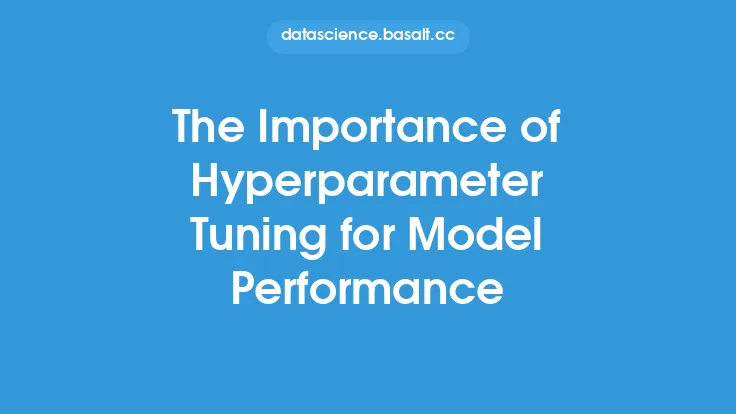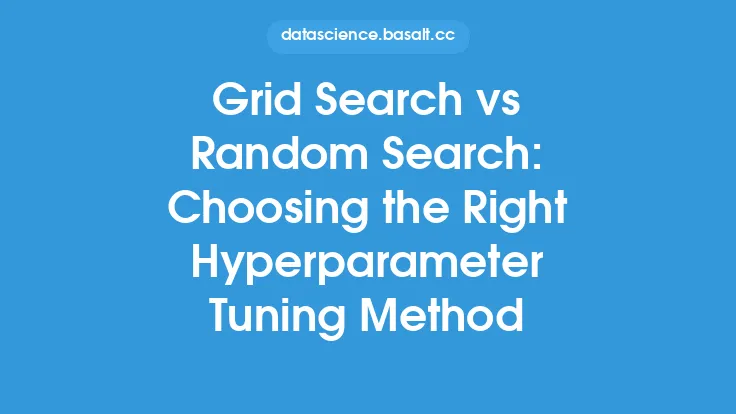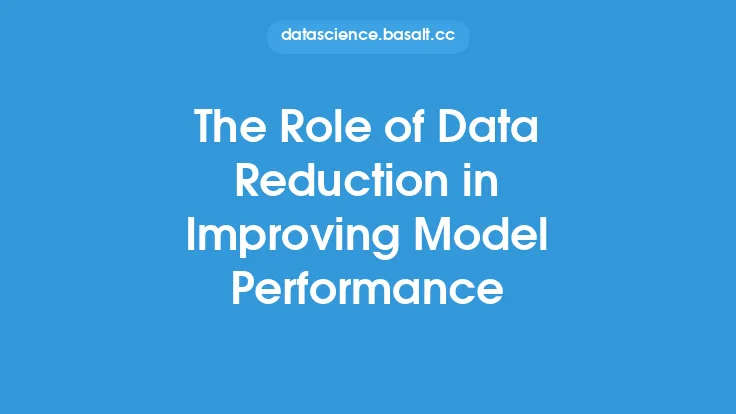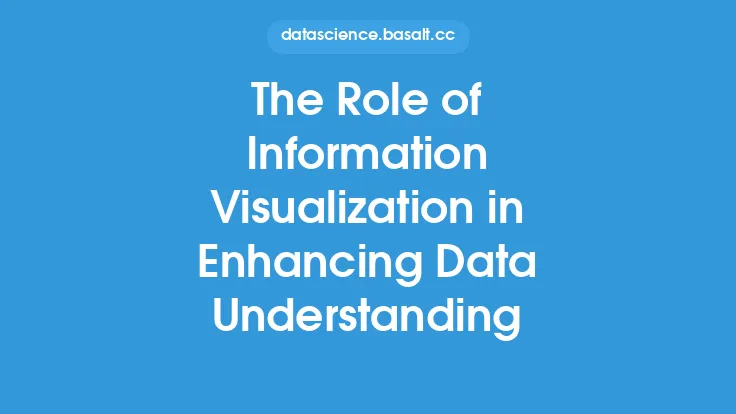In the realm of machine learning, the quest for optimal model performance is a perpetual pursuit. One of the most significant hurdles in achieving this goal is overfitting, a phenomenon where a model becomes too complex and starts to fit the noise in the training data, rather than the underlying patterns. This results in poor generalization performance on unseen data. Hyperparameter tuning emerges as a crucial strategy in mitigating overfitting, by carefully adjusting the parameters that control the model's complexity and behavior. Understanding the role of hyperparameter tuning in avoiding overfitting is essential for developing robust and reliable machine learning models.
Understanding Overfitting
Overfitting occurs when a model is too closely fit to the training data, capturing both the underlying patterns and the noise. This leads to excellent performance on the training set but dismal performance on new, unseen data. The primary reasons for overfitting include model complexity, insufficient training data, and noise in the data. Models with a high capacity, such as those with many parameters, are more prone to overfitting. Similarly, when the training dataset is small, the model may not have enough information to generalize well, leading to overfitting. Noise in the data can also cause the model to fit the random fluctuations rather than the true patterns.
The Impact of Hyperparameters on Overfitting
Hyperparameters are the parameters that are set before training a model, as opposed to the model parameters that are learned during training. These include learning rate, regularization strength, number of hidden layers, and batch size, among others. Hyperparameters have a significant impact on the model's ability to overfit or generalize. For instance, a high learning rate can lead to rapid convergence but also increases the risk of overshooting the optimal solution, potentially leading to overfitting. On the other hand, regularization techniques, such as L1 and L2 regularization, can reduce overfitting by penalizing large model weights.
Hyperparameter Tuning Strategies for Avoiding Overfitting
Several hyperparameter tuning strategies can be employed to mitigate overfitting. One of the most straightforward approaches is to use regularization techniques. By adjusting the regularization strength, one can control the model's complexity and prevent it from overfitting. Another strategy is to use early stopping, where the training process is halted when the model's performance on the validation set starts to degrade. This prevents the model from fitting the noise in the training data. Additionally, techniques like dropout, where neurons are randomly dropped during training, can help prevent overfitting by reducing the model's capacity.
Model Complexity and Hyperparameter Tuning
The complexity of a model is a critical factor in determining its propensity to overfit. Models with a high number of parameters or complex architectures are more likely to overfit. Hyperparameter tuning can help control model complexity by adjusting parameters such as the number of hidden layers, the number of units in each layer, and the activation functions used. For example, using a smaller number of hidden layers or units can reduce the model's capacity and prevent overfitting. Similarly, using simpler activation functions, such as the rectified linear unit (ReLU), can reduce the model's ability to fit complex patterns, thereby reducing overfitting.
Cross-Validation and Hyperparameter Tuning
Cross-validation is a powerful technique for evaluating the performance of a model and tuning its hyperparameters. By splitting the available data into training and validation sets, one can evaluate the model's performance on unseen data and adjust the hyperparameters accordingly. K-fold cross-validation, where the data is split into k folds and the model is trained and evaluated k times, is a particularly effective strategy for hyperparameter tuning. This approach helps to average out the noise in the performance metric and provides a more reliable estimate of the model's generalization performance.
Automated Hyperparameter Tuning
Automated hyperparameter tuning methods, such as grid search, random search, and Bayesian optimization, can significantly simplify the process of hyperparameter tuning. These methods systematically search the hyperparameter space and evaluate the model's performance on a validation set. By using these methods, one can efficiently identify the optimal hyperparameters for a given model and dataset, reducing the risk of overfitting. Additionally, automated hyperparameter tuning can help to avoid the pitfalls of manual tuning, such as overfitting to the validation set or using suboptimal hyperparameters.
Conclusion
Hyperparameter tuning plays a vital role in avoiding overfitting in machine learning models. By carefully adjusting the hyperparameters, one can control the model's complexity, prevent it from fitting the noise in the training data, and improve its generalization performance. Understanding the impact of hyperparameters on overfitting and using effective hyperparameter tuning strategies, such as regularization, early stopping, and cross-validation, can help to develop robust and reliable models. As machine learning continues to evolve, the importance of hyperparameter tuning in avoiding overfitting will only continue to grow, making it an essential skill for any machine learning practitioner.





